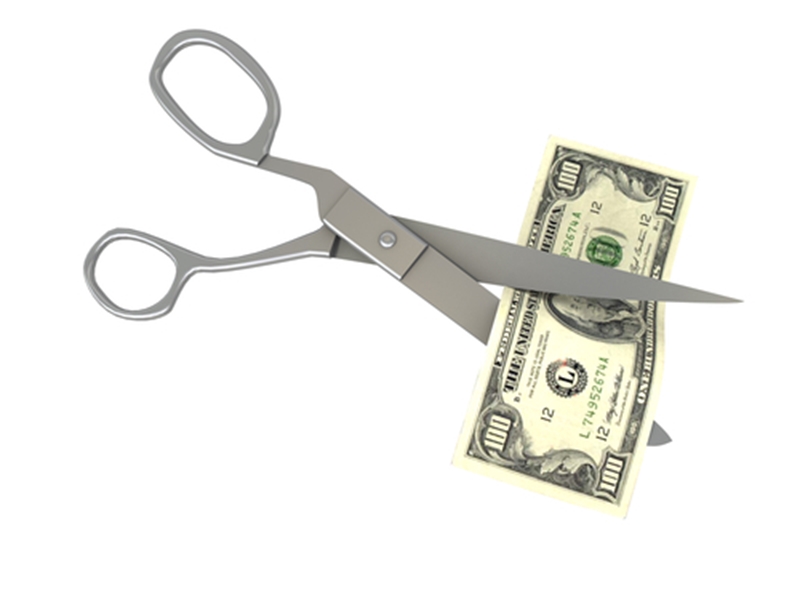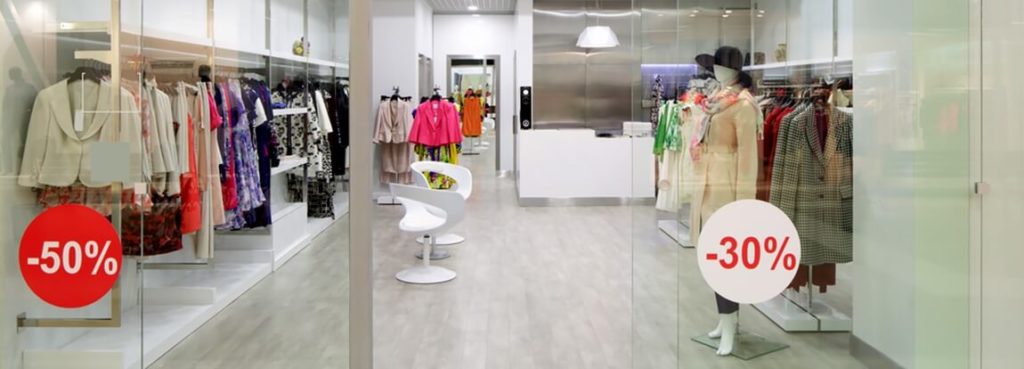“Consistency” is arguably the single most important word in a brand manufacturer’s vocabulary. To build customer loyalty, products need to be of consistent value, the brand’s customer service reputation must be upheld and the brand’s image must be uniform across channels.
Equally, if not more important, is that advertised pricing for a brand’s products remain consistent wherever those items are being sold. Price is as critical a factor in brand perception as anything else. Failing to maintain that price in a seller network could take a significant toll on your brand’s perceived value and ultimately sully its reputation.
Inconsistent pricing can confuse customers
“Price deviations create unfavorable assumptions about your brand.”
The simplest way to look at brand compliance is to ask yourself why you patronize your favorite restaurant chain. It probably has something to do with your perception of the brand, and if not, then it has everything to do with how consistent your dining experience is relative to how much money you spend there. But if that experience were altered depending on the franchise you went to, you’d be more hesitant to seek out your favorite chain when traveling.
Brand compliance across seller networks works the same way. Unauthorized sellers may undercut your brand’s prices, and in some cases, will even sell doctored products that are of lower quality than your authentic merchandise. Low-quality knockoffs and price deviations create unfavorable assumptions about your brand; for instance, that the product is inconsistent depending on where you buy it, or that the price is higher than the item is worth since a seller elsewhere offers it at half the price. Either of these can ultimately hurt your reputation and water down your bottom line.
The psychology of pricing
 Pricing has a significant effect on brand perception.
Pricing has a significant effect on brand perception.Some effects are even more subtle than that. According to Entrepreneur contributor Pius Boachie, ending an advertised price in “99” or “00” can make all the difference in how that product is perceived. For brands that stress good value for lower costs, a $49.99 item will almost always be more well-received than a $50.00 item, simply because the left-most digit is lower.
However, that is not to suggest that every minimum-advertised price should end in “99.” High-end or luxury brands may actually be better suited to MAPs that end on round figures (00). This is what Boachie refers to as “prestige pricing.” It has the effect of making a more immediate impression on the customer, which could lead to a more visceral, emotional reaction to a price rather than a thoughtful, more cognitive response.
More importantly, the goal of prestige pricing is to reinforce the high quality of a brand. At some point, every shopper encounters a situation in which they are looking for top-performing products, whether that’s a pair of headphones, a new laptop, a food processor, etc. And when scrolling through the multitude of different products on an online retailing site like Amazon, they will often use price range (what they’re willing to spend) as their guide to quality. Making sure that your pricing aligns with those expectations can put your brand high up in the running.
Where does the buck stop?
Brand compliance must be enforced in order to benefit your bottom line, both among authorized and unauthorized resellers. If sellers see one vendor undercut your pricing, they may follow suit in an attempt to stay competitive. The longer this activity goes unchecked, the greater the risk that it will spiral out of control to the extent that customer traffic is driven away from you and your compliant sellers, and toward MAP violators that are taking advantage of the situation.
To prevent this from happening, an increasing number of brand manufacturers are relying on tools and technology that can immediately detect MAP policy violations. MAP Guard from PriceSpider, for example, supplies the following features:
- Automated, real-time MAP monitoring.
- Identification of first offenders.
- Tracking of repeat offenders.
- Easy outreach to violators.
How a brand manufacturer penalizes authorized resellers is just as important as detection. According to Kellogg Insight, the trick is to determine fines for compliance violations that do not “seem too Draconian.” This is because resellers may not interpret this as a credible threat. A better method is to meticulously track all violations, and to impose higher penalties for repeat offenders.
When it comes to MAP policy violations, the buck has to stop somewhere. The sooner you catch infractions, the quicker you can go to bat for your brand’s reputation and your bottom line.

